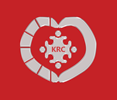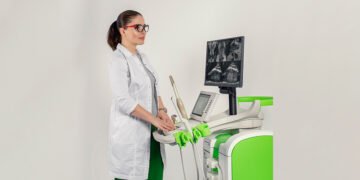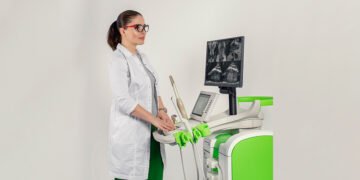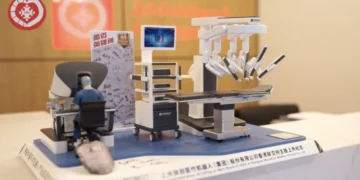Robotic prostate cancer surgery
Radical prostatectomy has been one of the leading methods of prostate cancer treatment for many years. Years ago, doctors used the open method of surgery, then the laparoscopic method, and now in the world’s leading clinics, virtually all types of surgery have been replaced by robotic surgery.
Studies that have been going on for 20 years show that robotic radical prostatectomy gives the best results. In most cases prostate cancer does not recur, if it is completely excised. If the PSA level is not zero after surgery, this indicates that cancer cells may still be present in the body, which requires further treatment. Other surgical methods that try to preserve the prostate sometimes fail to provide the desired results because the cancer can still remain in the prostate or spread to other parts of the body.
What is a surgical robot?
It is a surgeon’s miniature hand and eye inside the human body. The robot is fully controlled by the surgeon. The actual hand and eye of the surgeon cannot be placed deep within the human body without a great incision. Therefore, the surgeon uses a miniature hand and a miniature eye of the robot to penetrate the depth of the human body with the smallest incision and without trauma, with flexible and miniature movements, with excellent visualization, to perform the most precise operation deep in the body, even in the most inaccessible places.
Prostate cancer treatment with a robot
This operation is performed using a small incisions and is done with the latest generation of robots. Through small incisions, a special 3D camera and robotic arms are placed in the pelvic area, the movement of which is controlled by the surgeon. This system provides a high-resolution image of the prostate and its surrounding structures, which allows the surgeon to perform an operation with maximum precision, excision of prostate cancer.
Advantages of prostatectomy
The robotic method reduces blood loss and postoperative hospital stay. Robotic prostatectomy is today the gold standard for surgical treatment of prostate cancer.
Prostate cancer robotic surgery was introduced in Georgia and Caucasus – at the Karazanashvili Robotic Center by the internationally recognized urologist, oncourologist, robotic surgeon Guram Karazanashvili . At the Karazanashvili Robotic Center, the mentioned operation is performed in accordance with the highest international standards, although it is 3 times cheaper than in Turkey. Such a low rate was made possible only by the tireless work of all employees of the entire Robotic Center in all directions
Advantages of treatment compared to other techniques:
Accuracy, operation without incision, minimal blood loss, protection from human errors, minimal post-operative pain and discomfort, quick and short rehabilitation period.
Results of robotic prostatectomy
The results of cancer control depend on the risk of the disease. 80% of cancers that are detected in time are completely cured as a result of robotic surgery. It should be noted here that timely detection of cancer is also ensured by the Karazanashvili Robotic Center and its branches in Tbilisi-Dighomi, Tbilisi Vake-Saburtalo, Kutaisi, Zugdidi and Batumi . The most accurate innovative method – microscopic ultrasound of 29 megahertz Using is used in all branches of the robotic center for prostate cancer early detection. The rate of bleeding lethality (mortality) with robotic surgery performed by us at the Karazanashvili Robotic Center is equal to 0.
Conclusion
Thus, robotic surgery in the treatment of prostate cancer is the standard of modern medicine. It enables less invasive, high-tech, highly precise surgical interventions with virtually no blood loss. For patients, this means shorter hospital stays, faster recovery and a better quality of daily life. This allows patients to be freed not only from cancer after the operation, but also to get a guarantee of quality of life. In order to be able to quickly cure prostate cancer with robotic surgery, it is necessary to detect prostate cancer at an early stage, which is also possible in the branches of the Karazanashvili Robotic Center using ultra-modern technology.
Karazanashvili Robotic Center offers diagnosis and treatment of prostate diseases using methods that meet global medical standards.







